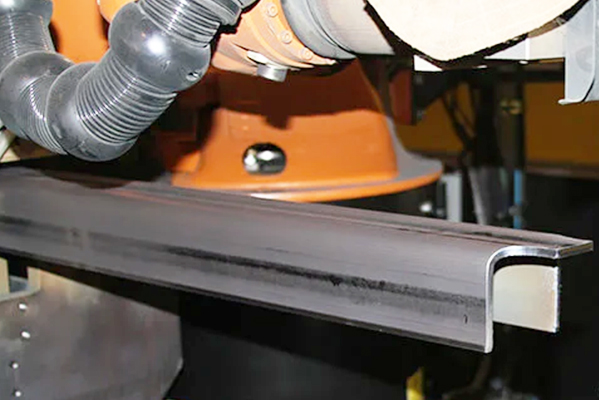Navigation Menu
Contact Us
- Email:
- info@wxavatar.com
- Address:
- Yurong Village, Yuqi Street, Huishan District, Wuxi, China.
Release Date:Mar 26, 2025 Visit:52 Source:Roll Forming Machine Factory
Railroad components equipment plays a crucial role in the efficiency, safety, and reliability of rail transportation systems. From tracks and signaling systems to rolling stock and maintenance tools, each component contributes to the seamless operation of railways. Here are four key advantages of railroad components equipment:
1. Enhanced Safety
Railway systems rely on high-quality components to ensure safe operations. Advanced signaling systems, durable tracks, and fail-safe braking mechanisms minimize the risk of accidents. Modern rail equipment incorporates sensors and automation to detect faults early, preventing derailments and collisions. Safety is further improved through innovations such as anti-lock braking systems (ABS) and reinforced couplers, which protect both passengers and cargo.
2. Improved Efficiency and Performance
Railroad components are designed to maximize operational efficiency. High-strength rails and precision-engineered wheels reduce friction, allowing trains to run faster while consuming less energy. Automated switching systems optimize route management, reducing delays and increasing throughput. Additionally, lightweight yet durable materials in modern railcars enhance fuel efficiency and load capacity, making rail transport one of the most energy-efficient modes of freight and passenger movement.

3. Durability and Longevity
Railway components are built to withstand extreme conditions, including heavy loads, harsh weather, and constant wear. Materials such as high-carbon steel for tracks and corrosion-resistant alloys for bridges ensure long service life with minimal maintenance. Properly maintained railroad equipment can last decades, providing a cost-effective infrastructure solution. Innovations like self-lubricating bearings and weather-resistant coatings further extend the lifespan of rail components.
4. Economic and Environmental Benefits
Rail transport is one of the most sustainable transportation methods, and high-quality railroad components enhance these benefits. Efficient rail systems reduce fuel consumption and greenhouse gas emissions compared to road transport. Additionally, a well-maintained railway network lowers long-term infrastructure costs by minimizing repairs and downtime. The use of recycled materials in rail components and energy-efficient designs also contribute to eco-friendly transportation solutions.
Conclusion
The advantages of railroad components equipment—enhanced safety, improved efficiency, durability, and economic and environmental benefits—make rail transport a vital part of modern infrastructure. Continuous advancements in rail technology ensure that railways remain a reliable, sustainable, and cost-effective mode of transportation for the future.
Would you like to focus on a specific type of railroad component in more detail?